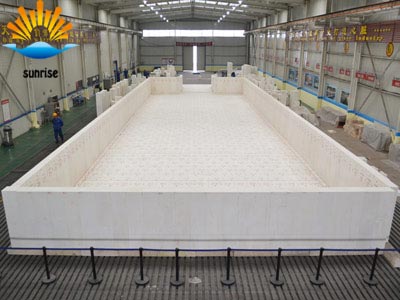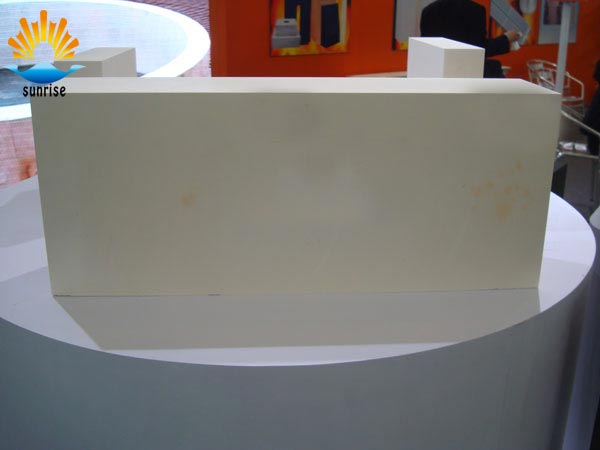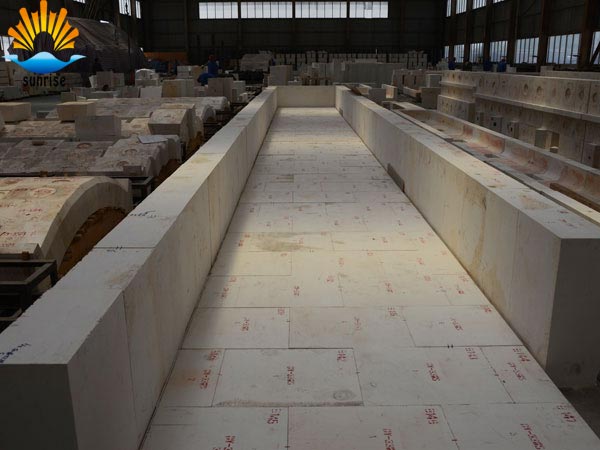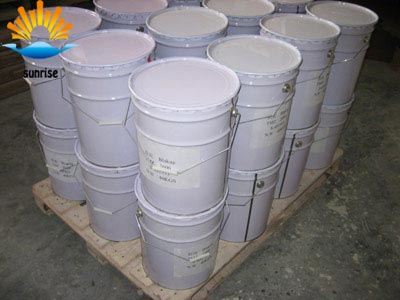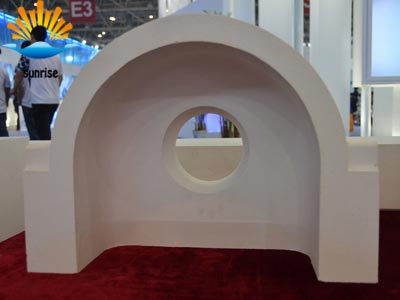Zirconia mullite, simply, is a mullite containing zirconia.In order to further improve the corrosion resistance and thermal shock resistance of zirconium mullite and reduce the coefficient of expansion, ZrO2 was introduced into al2O3-SiO2 system to improve the structure of mullite.
Sunrise fused cast zirconia mullite use high-quality bauxite and zircon sand and other raw materials, melting in an arc furnace at high temperature, casting completed.Mainly used for wear - resistant, high - temperature material parts.
►Product Characteristics
Compact structure
wear-resisting
Impact resistance
Strong thermal shock resistance
Good corrosion resistance and slag resistance
►Application
Sliding track brick for metallurgical pusher type reheating furnace.
Steel outlet platform of stepping furnace (steel outlet tank).
The sizing nozzle and long nozzle of continuous casting bag.
Lining of refuse incinerator.
The key part of glass melting furnace.
►Physical and chemical index TY-GM5
| Item | Behaviors TY-GM5 | |||
| Special | Typical | |||
| Chemical Composition % | Al2O3 | 71-74 | 73 | |
| ZrO2 | 4.5-6 | 5.5 | ||
| SiO2 | 17-20 | 19 | ||
| Fe2O3 | ≤0.5 | 0.5 | ||
| Na2O | ≤1.0 | 1.0 | ||
| CaO | ≤0.5 | 0.5 | ||
| Apparent Prosity (%) | 5-8 | <8 | ||
| True density g/cm3 | ≥3.0 | 3.54 | ||
| Cold Crushing Strength Mpa | ≥250 | 350 | ||
| Hot Crushing Strength 1300℃ Mpa | 45 | |||
| Exudation temperature of Glass phase℃ | ||||
| Line Expansion 1150℃ % | 0.9 | |||
| Thermal conductivity 1250 ℃: W/MK | 4.6 | |||
| Bulk Density (g/cm3) | PT(RN) | ≥3.0 | ||
| WS(VF) | ≥3.2 | |||
| Crystallographic analysis % | Corundum | 39 | ||
| Mullite | 41 | |||
| Glass Phase | 15 | |||
| Baddeleyite | 5 | |||
It is mainly used in areas that require high abrasion and temperature resistance, such as gliding rail bricks in steel pusher metallurgical furnaces, the tapping platform (tapping spout) style walking beam furnaces, and also as the interior for destructors.
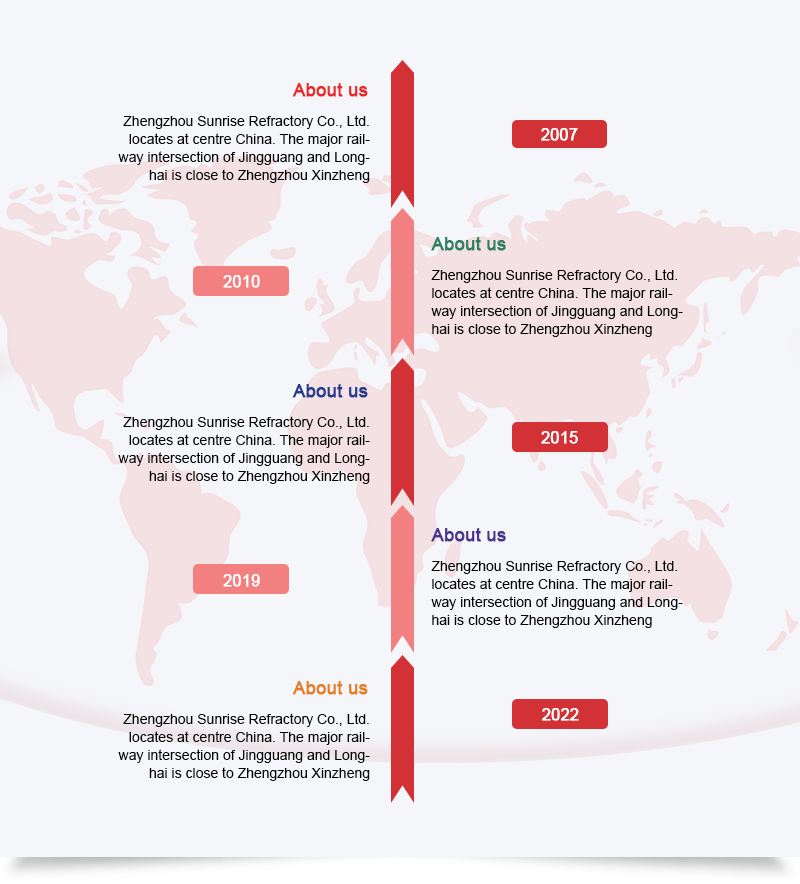
Factory strength »
















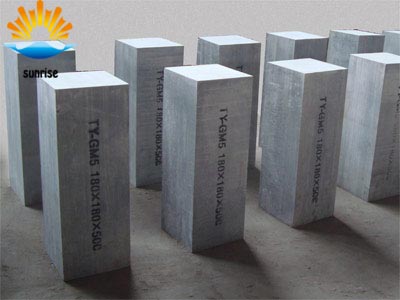
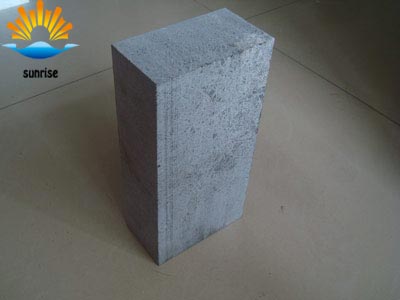
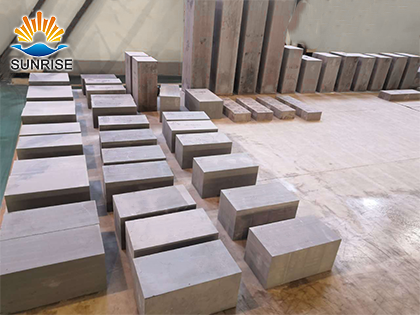
.png)
